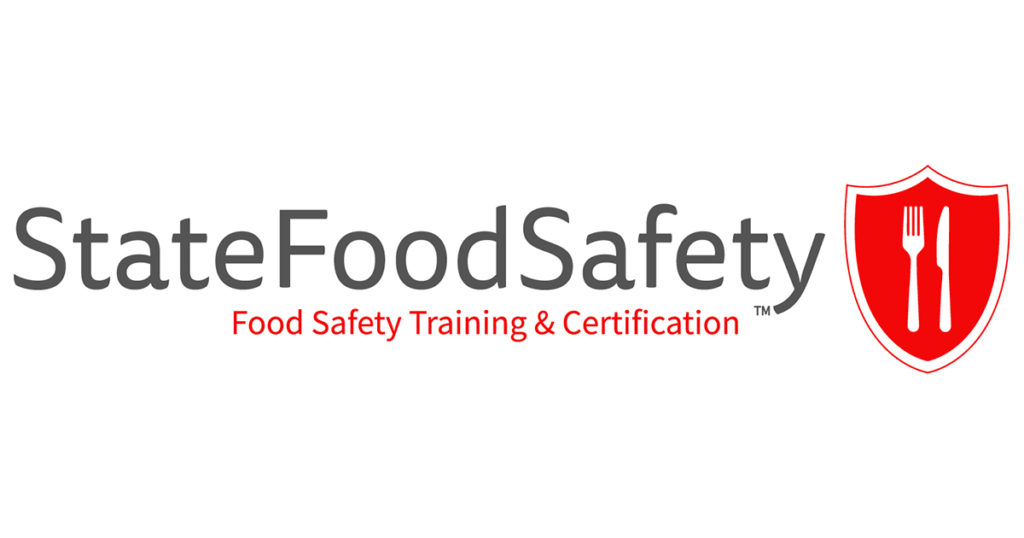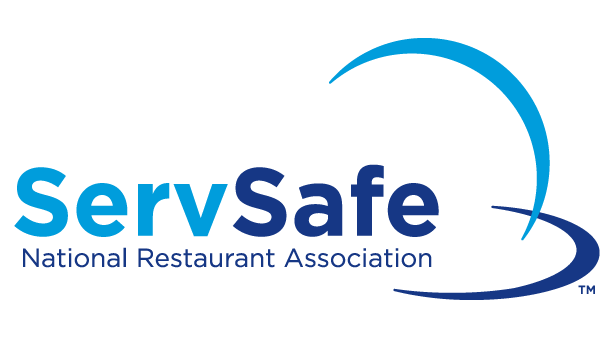2: Introduction
Audio Version

You are most likely taking this class because you are required by your employer, prospective employer, or your health inspector to take a “Food Protection” certification class in order to get a job, remain employed, open an establishment, or to keep your establishment open if your health department has discovered you’re not in compliance with food safety regulations. If you are like most people attending a food safety class, you are most likely dreading it. Perhaps food safety is not the most interesting topic, at least to your average person, so we will do our best to keep your interest while reading this book. We love to use examples of things we have seen and see every day in food service establishments (both serious and comical) to illustrate points, and in some cases to simply entertain you so that you too can find that “food safety” is a fascinating topic and more honestly, to keep you awake!
What is a foodborne illness? Foodborne illness is a disease caused by eating food (which includes beverages) that has something harmful in it. This something harmful could be a bacteria, virus, chemical, or physical object that could cause injury. Every year in this country, we have approximately 48 million people who develop a foodborne illness. Forty Eight Million! That’s a lot. Of those 48 million people who get sick every year, there are approximately 128,000 hospitalizations and about 3,000 deaths. Yes, 3,000 people die each year of a foodborne illness in this country.untry.
Let’s compare this to another safety issue that we are all very aware of – fire. At a conference a couple of years agoa fire marshal presented statistics on fire-related injuries and deaths. He explained that every year in this country, there are approximately 3,000 deaths from home fires (in 2021, there were a little over 3,800). These deaths were either caused by smoke inhalation or exposure to toxic gases. I remember sitting in my chair (thinking privately) – that’s it? Yes, that sounds horrible on my part, but when you consider that we have roughly the same amount of deaths every year from fires in this country as we do from foodborne illness, it seems that we as a country are doing far less to prevent foodborne illness than preventing fires. It just doesn’t seem right. We need to have the same commitment to food safety as we have to other hazards in our lives. You, as a provider of food to large numbers of people (whether it be a hundred or a million people a year), have an obligation to serve these people safe food. Foodborne illness can be prevented.
This textbook is based on the current FDA (Food and Drug Administration) Food Code and will prepare you to take any one of the eight nationally accredited exams – ServSafe offered by the National Restaurant Association Solutions, the Food Protection Manager Certification Program offered by the National Registry of Food Safety Professionals, Learn2Serve Food Protection Manager Certification Program offered by Learn2Serve, Certified Food Protection Manager offered by 1AAA Food Safety (AAA Food Safety, LLC), WFSO-USA Food Protection Manager offered by APS Culinary Dynamics (DBA: World Food Safety Organization), Certified Food Protection Manager (CFPM) Exam offered by Certus/StateFoodSafety, Food Protection Manager Certification offered by Responsible Training / Safeway Certifications, LLC, and Food Protection Manager Certification offered by The Always Food Safe Company, LLC. Some of the regulations discussed in this book may be slightly different from the regulations in your state, county, city, town or jurisdiction as not all jurisdictions have adopted the FDA’s Food Code. The quizzes at the end of the chapters were written to prepare students for multiple choice questions and are comparable, but not identical to, the questions that may be on the above-mentioned exams.





This course is based on the current FDA Food Code and will prepare you to take any one of the five nation- ally accredited exams – ServSafe, the National Registry of Food Safety Professionals, Learn2Serve, Prometric and AboveTraining. Some of the regulations discussed in this book may be slightly different from the regulations in your state, county, city, town or jurisdiction as not all jurisdictions have adopted the FDA’s Food Code. The quizzes at the end of the chapters were written to prepare students for multiple choice questions and are comparable, but not identical to, the questions that may be on the above-mentioned exams.
